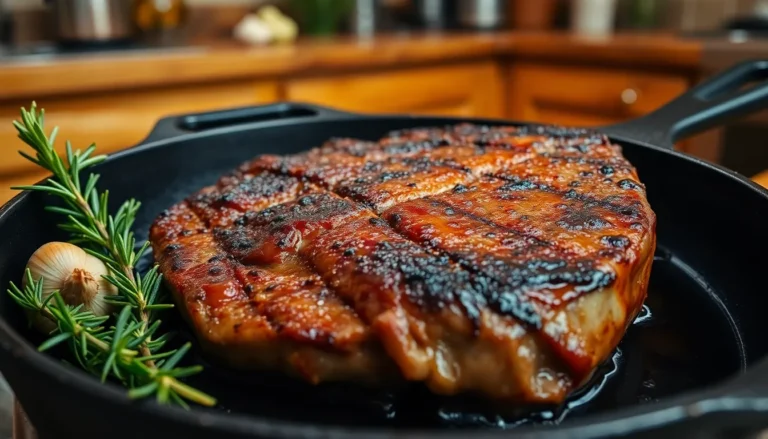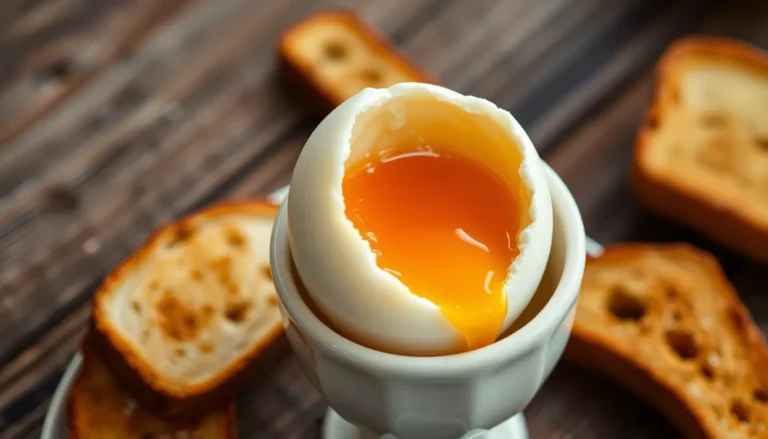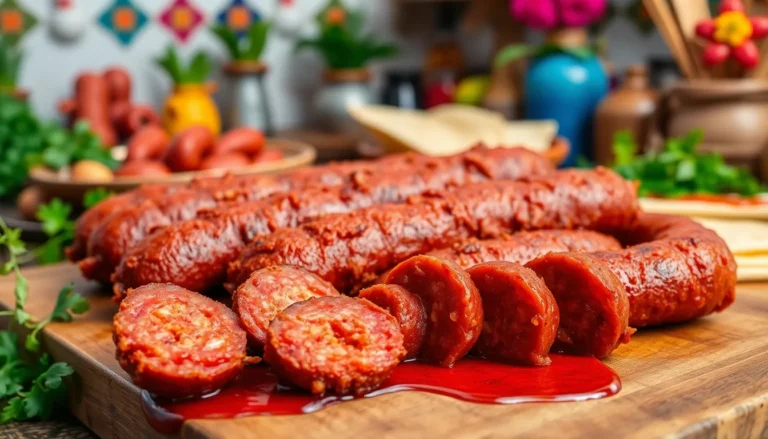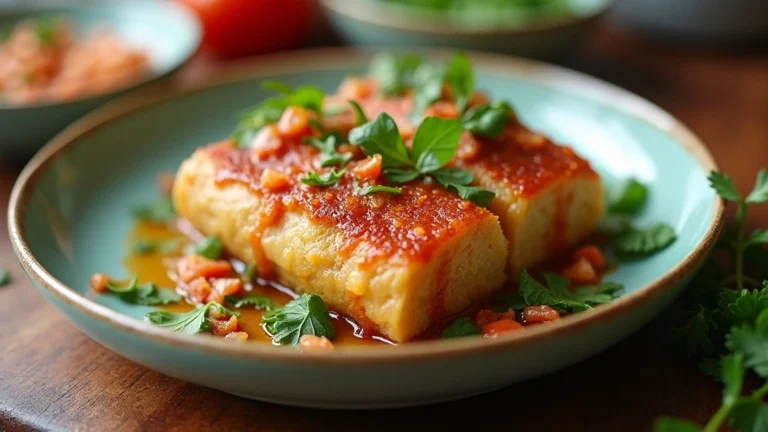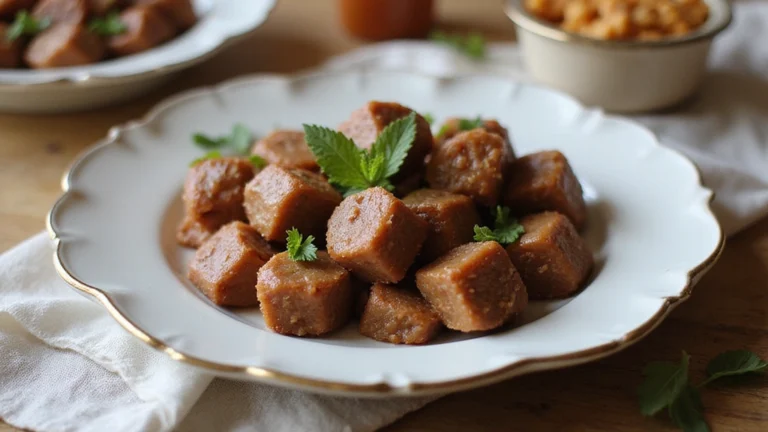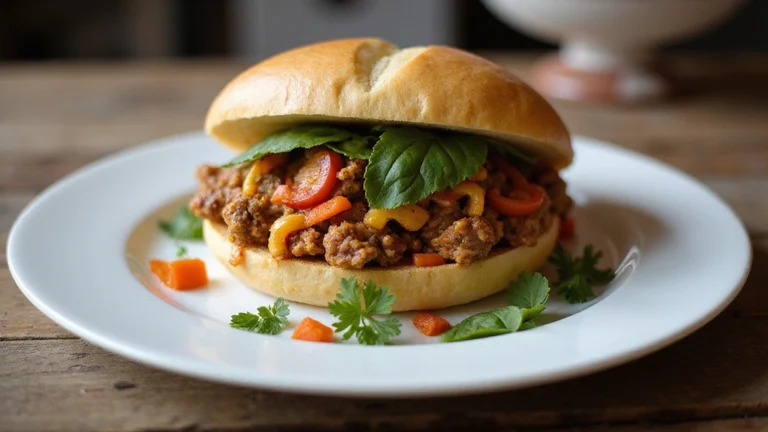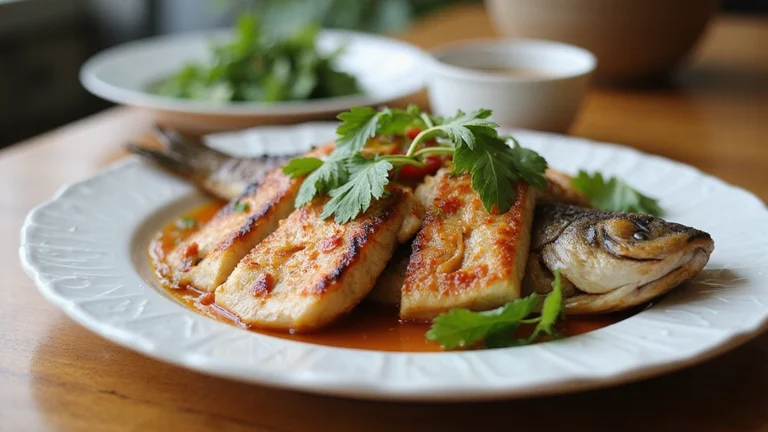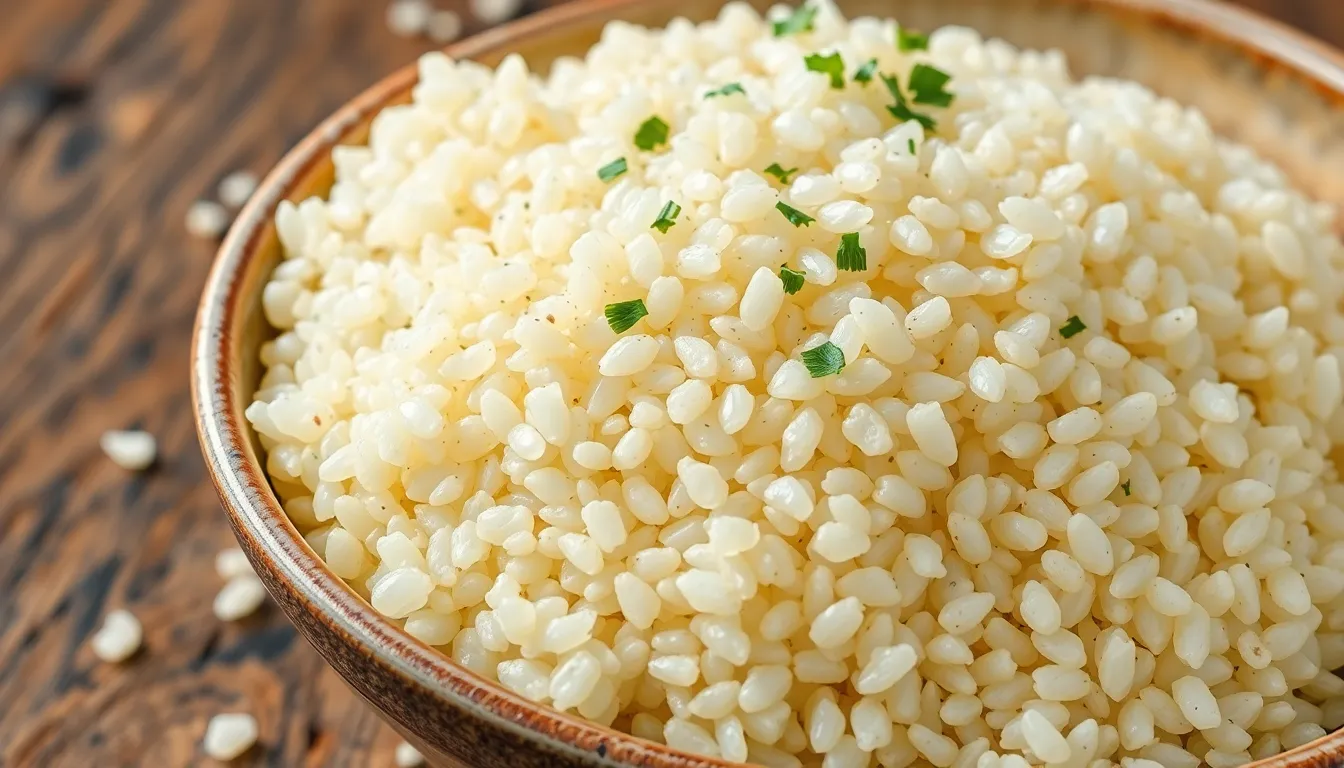
Wondering what cooked quinoa should look like? This versatile superfood has gained popularity in kitchens worldwide, but achieving the perfect texture can be tricky if you’re new to preparing it.
Properly cooked quinoa should appear fluffy and slightly translucent, with the germ (a small white spiral) visibly separated from each grain. The texture should be tender yet slightly chewy—never mushy or crunchy. Understanding these visual cues ensures you’ll serve perfectly cooked quinoa every time, whether as a side dish, salad base, or protein-packed breakfast option.
Understanding Quinoa: A Nutrient-Rich Ancient Grain
Quinoa originated from the Andean region of South America, where it served as a staple food for ancient civilizations including the Incas. This remarkable pseudocereal (it’s technically a seed, not a grain) has been cultivated for over 5,000 years in the harsh conditions of the Andes mountains. Quinoa’s exceptional nutritional profile earned it the nickname “mother grain” among the Incas, who considered it sacred.
Nutritionally, quinoa stands out from traditional grains with its complete protein profile containing all nine essential amino acids. A single cup of cooked quinoa provides approximately 8 grams of protein, 5 grams of fiber, and important amounts of manganese, magnesium, phosphorus, and folate. Its impressive nutrient density makes quinoa particularly valuable for vegetarians and vegans seeking complete protein sources.
Quinoa comes in several varieties, each with distinct characteristics and cooking properties:
- White quinoa: The most common variety with a mild flavor and fluffy texture when cooked
- Red quinoa: Maintains its shape better after cooking and offers a nuttier flavor
- Black quinoa: Features an earthier taste and takes slightly longer to cook
- Tri-color quinoa: A mix of white, red, and black varieties that creates visual appeal
The unique structure of quinoa contributes to its distinctive appearance when properly cooked. Each tiny seed contains an outer layer of saponins (bitter compounds that act as natural pest deterrents), a starchy endosperm, and a nutrient-rich germ. During cooking, the germ separates from the rest of the seed, creating quinoa’s characteristic spiral appearance.
Understanding quinoa’s composition helps explain why properly cooked quinoa looks the way it does—with visible germ separation and a slightly translucent appearance. This visual transformation indicates that the seed has been cooked correctly, allowing you to fully access its nutritional benefits while enjoying its pleasant texture.
The Perfect Cooked Quinoa Appearance
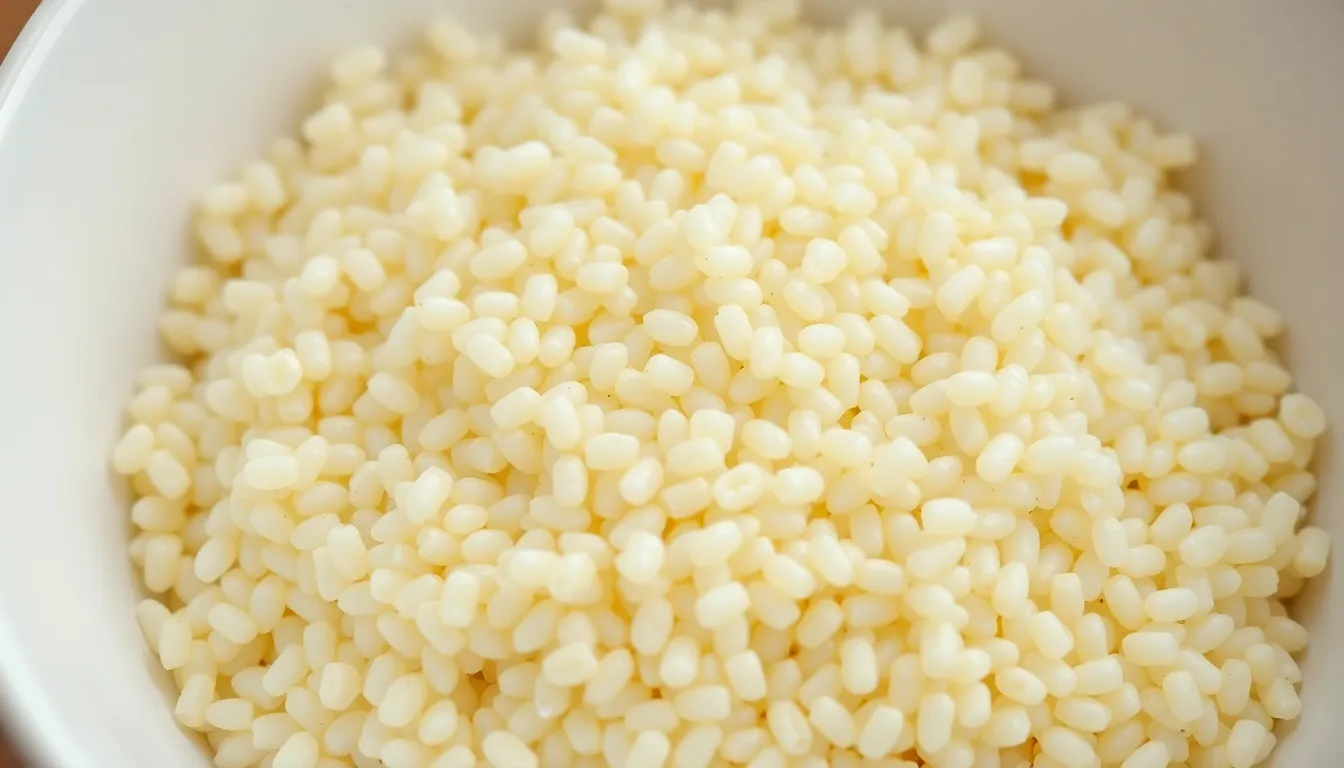
Properly cooked quinoa displays several distinct visual characteristics that indicate it’s ready to eat. The kernels transform from their raw state, exhibiting noticeable changes in both color and structure.
Visual Indicators of Properly Cooked Quinoa
Cooked quinoa appears lighter in color compared to its raw form, signaling the cooking process is complete. You’ll notice the kernels have popped open, creating a fluffy appearance throughout the pot. The quinoa should be tender when tasted but maintain a slight crunch that gives it its characteristic texture. Another key indicator is the complete absorption of cooking water—properly cooked quinoa won’t sit in excess liquid. The grains separate easily when fluffed with a fork, creating an airy, light consistency that’s perfect for serving as a side dish or incorporating into recipes.
The Distinctive Spiral Germ
The spiral germ represents the most reliable indicator of perfectly cooked quinoa. Inside each raw quinoa grain, you’ll find a thin white circle—this is the germ. During cooking, this germ undergoes a fascinating transformation, snapping from its original ring shape into a distinctive squiggly thread or spiral. This change confirms the quinoa has reached optimal doneness. If you examine your cooked quinoa and find the germ rings still intact, your quinoa needs additional cooking time and possibly more water until these spirals appear. This unique visual cue eliminates guesswork and ensures your quinoa achieves the ideal texture every time.
How to Achieve Perfectly Cooked Quinoa
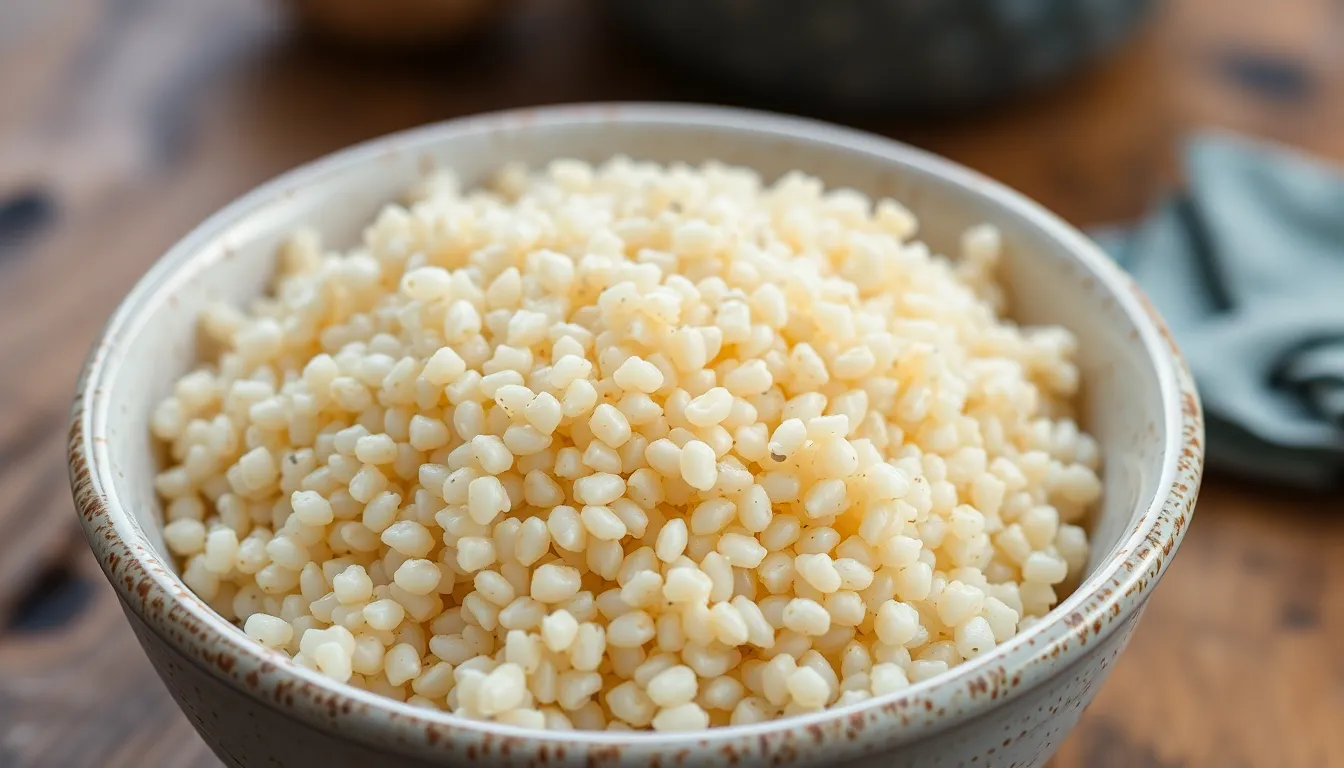
Cooking quinoa to perfection requires attention to exact ratios, timing, and techniques. When properly prepared, quinoa transforms from tiny hard seeds to light, fluffy grains with visible spiral germs.
Water-to-Quinoa Ratio
The perfect water-to-quinoa ratio creates fluffy, distinct grains rather than a soggy mess. For optimal results, use 1.5 to 1.75 cups of water for every cup of quinoa, which produces fluffier quinoa than the common 2:1 ratio. Too much water leads to mushy quinoa that clumps together, while insufficient water results in dry, undercooked grains. This slightly reduced liquid ratio allows the quinoa to cook through completely while maintaining its structure and preventing sogginess.
Cooking Time and Temperature
Proper timing and temperature control are crucial for perfectly cooked quinoa. Start by thoroughly rinsing the quinoa under running water to remove the bitter saponins coating the seeds. Bring your water and quinoa to a full boil, then immediately reduce to a gentle simmer and cover the pot. Cook for approximately 15 minutes until the water is absorbed. After cooking, remove from heat completely and let the quinoa rest, still covered, for an additional 5-10 minutes—this critical resting period allows the grains to steam properly and fully pop open. Finally, fluff the quinoa with a fork to separate the grains and create that desirable light texture. The finished quinoa should display tiny, translucent pearls with distinctive curly white germs visible in each grain.
Common Mistakes That Affect Quinoa’s Appearance
Several cooking errors can dramatically impact quinoa’s final appearance and texture. Understanding these mistakes helps you consistently achieve that perfect fluffy texture and appealing look every time.
Failure to Rinse
Skipping the pre-cooking rinse leaves saponins on your quinoa, resulting in a bitter taste and unpleasant texture. These natural compounds coat the quinoa seeds as a defense mechanism against birds and insects. Thoroughly rinse quinoa under cold running water using a fine-mesh strainer until the water runs clear to remove these bitter compounds.
Incorrect Water-to-Quinoa Ratio
Using too much water creates soggy quinoa while too little leaves it undercooked and crunchy. The ideal ratio is typically 1.5 to 1.75 cups of water for each cup of quinoa. Measuring precisely ensures your quinoa cooks evenly and maintains its distinct texture.
Excessive Stirring
Stirring quinoa frequently during cooking breaks the delicate grains and releases starch, creating a gummy consistency. Let quinoa cook undisturbed after bringing it to a boil and reducing to a simmer for best results.
Undercooked Quinoa: Signs and Fixes
Undercooked quinoa appears denser with most grains lacking the characteristic “popped” appearance. The texture feels noticeably crunchy when you bite into it, and the white germ rings haven’t fully separated from the seeds. Many grains might still look opaque rather than slightly translucent.
To fix undercooked quinoa, add 2-3 tablespoons of water to the pot, cover it again, and cook for an additional 5 minutes on low heat. Check the texture again after this time – the grains should now display that distinctive popped appearance with visible spiral germs. Let the quinoa rest covered for a few minutes after cooking to complete the steaming process.
Overcooked Quinoa: How to Avoid Mushiness
Overcooked quinoa loses its grain definition and becomes a gummy, porridge-like mass. The individual seeds clump together excessively, and the texture turns mushy rather than pleasantly chewy. This often happens when quinoa absorbs too much liquid or cooks for too long.
To prevent mushiness, remove quinoa from heat when a small amount of liquid remains in the pot – it’ll continue absorbing moisture as it rests. Always let quinoa sit covered off the heat for 5-10 minutes after cooking to steam properly without overcooking. Fluff with a fork rather than stirring with a spoon to maintain grain separation. Drain any excess liquid immediately after cooking if the quinoa appears too wet, helping maintain that light, fluffy consistency that makes perfectly cooked quinoa so appealing.
Storing Cooked Quinoa Properly
Proper storage extends the life of your cooked quinoa and maintains its fluffy texture. Refrigeration keeps quinoa fresh for up to 5 days when stored in an airtight container. Glass containers like mason jars or pint jars work exceptionally well for preserving quinoa’s texture and preventing moisture absorption.
Freezing cooked quinoa offers a longer-term solution, keeping it viable for 2-8 months. Portion your quinoa into serving sizes before freezing to make thawing more convenient. FoodSaver bags provide excellent protection against freezer burn, while standard freezer bags work well if the air is properly removed.
For meal prep purposes, divide your quinoa into individual portions in separate containers. This approach saves time during busy weekdays and ensures you always have ready-to-use quinoa for salads, bowls, or side dishes. Clear containers help you quickly identify contents without opening them.
To reheat refrigerated quinoa, add a tablespoon of water before microwaving it for 1-2 minutes, stirring halfway through. Frozen quinoa benefits from thawing in the refrigerator overnight before reheating. The quality remains excellent when proper storage techniques are followed, with the grains maintaining their characteristic popped rings and fluffy texture.
Conclusion
Mastering the art of cooking quinoa transforms this superfood into a versatile kitchen staple. Looking for those translucent grains with visible spiral germs tells you it’s ready to enjoy. Remember that properly cooked quinoa should be tender yet slightly chewy with individual grains that separate easily.
Your cooking success hinges on using the right water ratio avoiding excessive stirring and giving the quinoa proper rest time. With practice you’ll recognize perfectly cooked quinoa by sight and texture every time.
Store your fluffy achievement properly and you’ll have nutrient-rich quinoa ready for countless healthy meals throughout the week. Armed with these visual cues and techniques you’re now equipped to prepare restaurant-quality quinoa that both looks and tastes amazing.
Frequently Asked Questions
How do I know when quinoa is perfectly cooked?
Perfectly cooked quinoa should be fluffy, slightly translucent, and have the germ visibly separated from each grain in a spiral shape. The texture should be tender with a slight chew—not mushy or crunchy. When fluffed with a fork, the grains should separate easily and all cooking water should be absorbed. The “popped” appearance of the kernels is a clear visual indicator that your quinoa is ready to eat.
What is the ideal water-to-quinoa ratio?
Use 1.5 to 1.75 cups of water for every cup of quinoa. This ratio ensures your quinoa cooks properly without becoming soggy. Too much water results in mushy quinoa, while too little leaves it undercooked and crunchy. For fluffier quinoa, stay on the lower end of the range; for softer quinoa, use slightly more water.
Why should I rinse quinoa before cooking?
Rinsing quinoa removes the natural coating called saponin, which has a bitter, soapy taste. This pre-cooking step is essential for improving flavor and digestibility. Use a fine-mesh strainer and rinse under cold water until the water runs clear. Some brands sell pre-rinsed quinoa, but giving it a quick rinse is still recommended for the best taste and texture.
How long should I cook quinoa?
Cook quinoa for approximately 15 minutes after bringing it to a boil, then reduce to a simmer. After cooking, let it rest off the heat for 5-10 minutes with the lid on. This resting period allows the quinoa to steam and finish cooking gently, resulting in perfectly fluffy quinoa. Total cooking time from start to finish is about 20-25 minutes.
What are the signs of undercooked quinoa?
Undercooked quinoa has a dense, opaque appearance with intact germ rings rather than spiral shapes. The texture will be crunchy rather than tender, and the grains won’t fluff easily. If your quinoa is undercooked, add a few tablespoons of water to the pot, cover, and continue cooking on low heat for 5-10 more minutes until the germs have formed spirals.
How can I prevent overcooked, mushy quinoa?
Avoid overcooking by using the correct water ratio, watching cooking time carefully, and removing quinoa from heat while it’s still slightly wet. Let it rest covered to steam finish the cooking process. Don’t stir during cooking—this breaks down the grains and creates a gummy texture. Always fluff with a fork instead of stirring when the quinoa is done.
What types of quinoa are available and do they cook differently?
White, red, black, and tri-color quinoa varieties are commonly available. White quinoa cooks the fastest (about 15 minutes) and has the mildest flavor. Red and black varieties have a slightly nuttier taste and crunchier texture, requiring 5-10 minutes longer to cook. Tri-color is a mix of all three types and follows an average cooking time of about 15-20 minutes.
How should I store cooked quinoa?
Store cooked quinoa in an airtight container in the refrigerator for up to 5 days. For longer storage, freeze quinoa in portion-sized containers or FoodSaver bags for 2-8 months. When reheating refrigerated quinoa, add a tablespoon of water before microwaving to maintain moisture. Frozen quinoa should be thawed overnight in the refrigerator before reheating for best texture.
Is quinoa gluten-free?
Yes, quinoa is naturally gluten-free, making it an excellent grain alternative for those with celiac disease or gluten sensitivity. However, cross-contamination can occur during processing, so if you have severe gluten intolerance, look for certified gluten-free quinoa. This versatile pseudocereal provides a nutritious option for those on restricted diets while delivering complete protein.
What nutritional benefits does quinoa offer?
Quinoa is a nutritional powerhouse containing all nine essential amino acids, making it a complete protein source—ideal for vegetarians and vegans. One cup of cooked quinoa provides about 8 grams of protein and 5 grams of fiber. It’s also rich in magnesium, phosphorus, manganese, and folate while being relatively low in calories. Quinoa has a low glycemic index, helping maintain stable blood sugar levels.
